Nationality American Name John List | Religion Lutheran Occupation Accountant Spouse Helen List (m. 1952–1971) | |
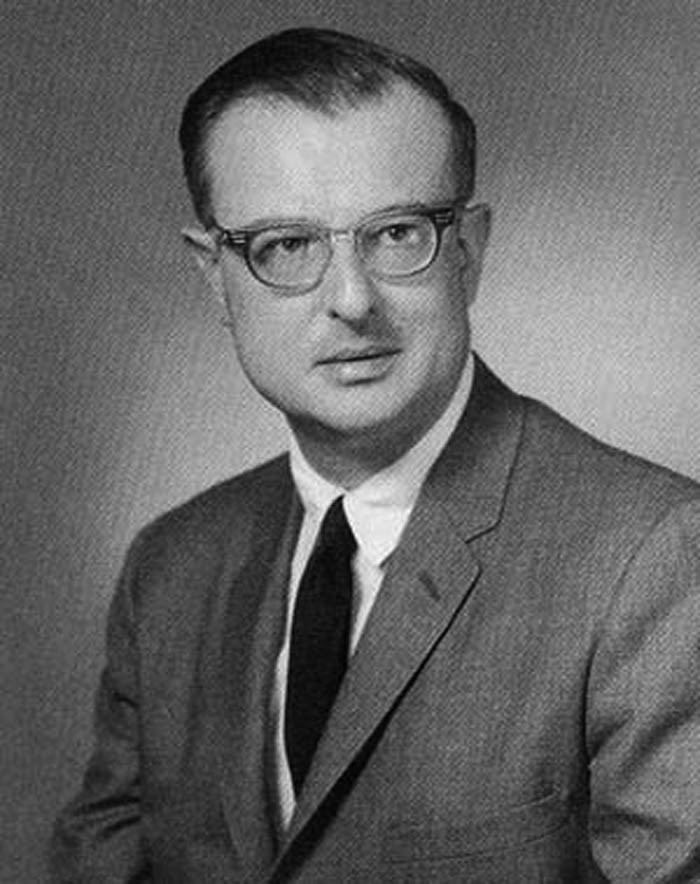 | ||
Other names Robert Peter "Bob" Clark Criminal charge Five counts of first degree murder Parents Alma List, John Frederick List Children Patricia List, John, Jr. List, Frederick List Similar People | ||
JOHN LIST Killed His Entire Family To See Them In Heaven WHO WAS HE?
John Emil List (September 17, 1925 – March 21, 2008) was an American multiple murderer and long-time fugitive. On November 9, 1971, he killed his wife, mother, and three children in their home in Westfield, New Jersey, then disappeared. He had planned the murders so meticulously that nearly a month passed before anyone suspected that anything was amiss.
Contents
- JOHN LIST Killed His Entire Family To See Them In Heaven WHO WAS HE
- Personal background
- Murders
- Relocation arrest and trial
- Death
- Home arson
- In popular culture
- Books
- References
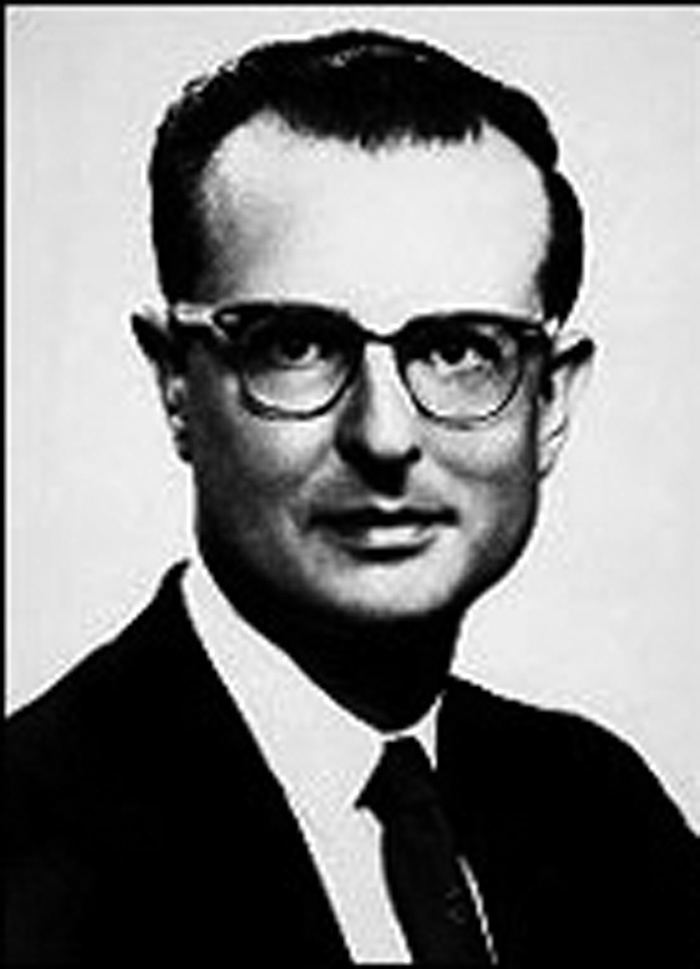
As he eluded justice for nearly 18 years, List assumed a new identity and remarried. He was finally apprehended in Virginia on June 1, 1989, after the story of his murders was broadcast on the Fox television program America's Most Wanted. After extradition to New Jersey, he was convicted on five counts of first degree murder and sentenced to five consecutive terms of life imprisonment without parole.
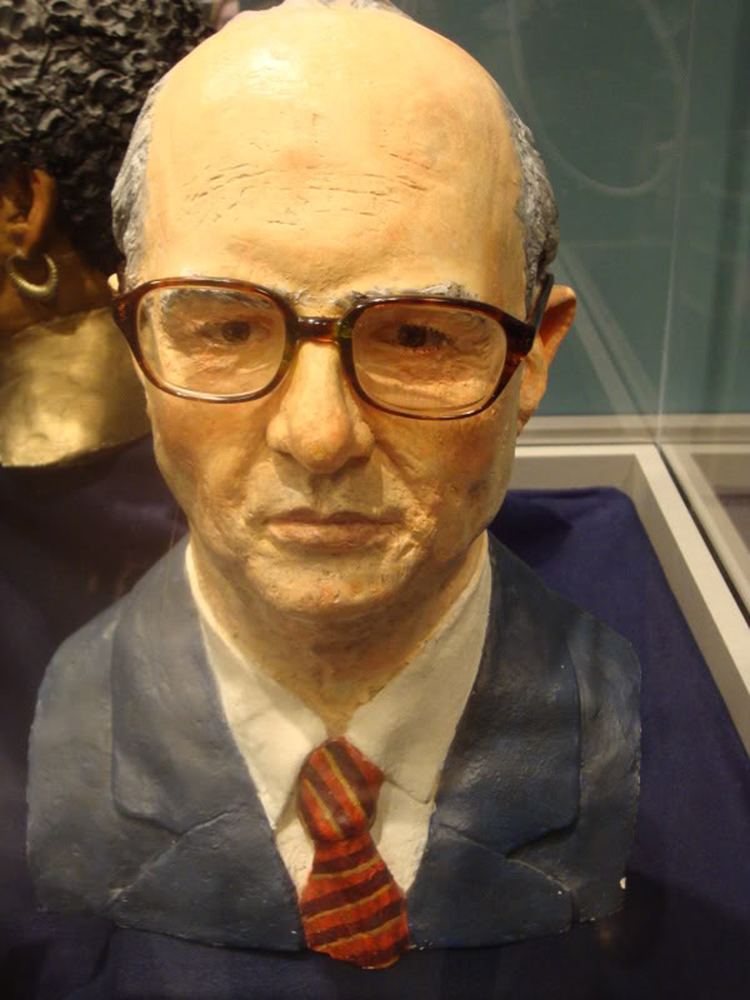
List gave critical financial problems, and his perception that his family was falling away from God, as his rationale. Killing them, he allegedly reasoned, would assure their souls a place in Heaven, where he hoped eventually to join them. He died in prison custody in 2008 at the age of 82.
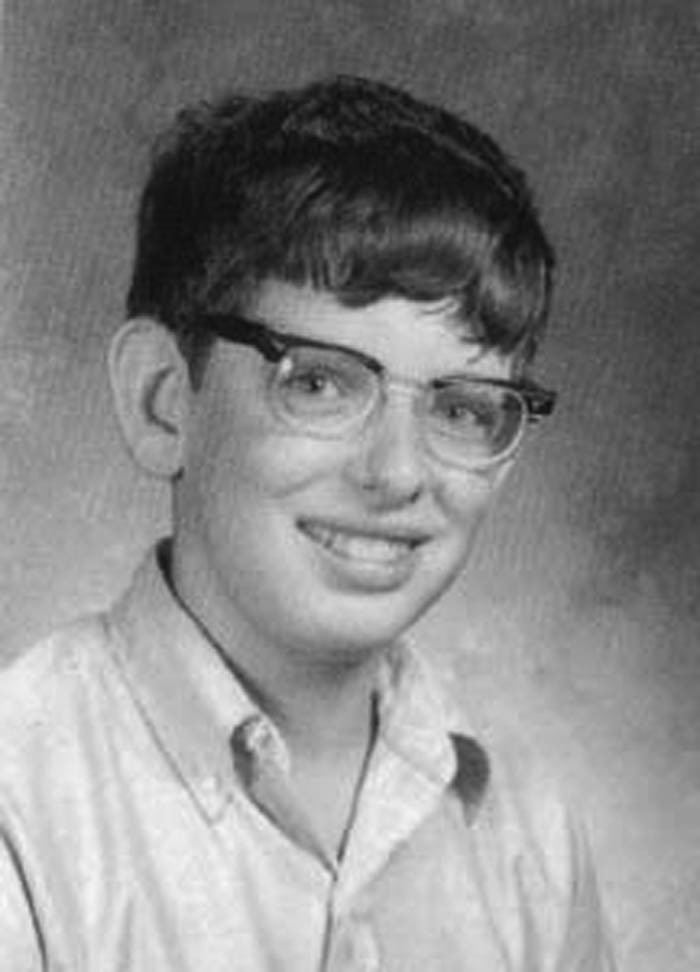
Personal background
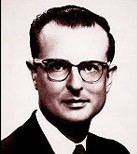
Born in Bay City, Michigan, List was the only child of German-American parents, John Frederick List (1859–1944) and Alma Maria Barbara Florence (Hubinger) List (1887–1971). Like his father, he was a devout Lutheran and a Sunday school teacher. In 1943, he enlisted in the U.S. Army and served in the infantry as a laboratory technician during World War II. After his discharge in 1946, he enrolled at the University of Michigan in Ann Arbor, where he earned a bachelor's degree in business administration and a master's degree in accounting, and was commissioned a second lieutenant in the ROTC.
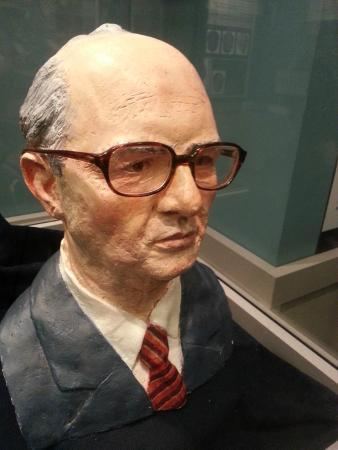
In November 1950, as the Korean War escalated, List was recalled to active military service. At Fort Eustis, in Virginia, he met Helen Morris Taylor, the widow of an infantry officer killed in action in Korea, who lived nearby with her daughter, Brenda. John and Helen married on December 1, 1951, in Baltimore, and the family moved to northern California where List served as an Army accountant.
After completion of his second tour in 1952, List worked for an accounting firm in Detroit, and then as an audit supervisor at a paper company in Kalamazoo, where their three children were born. By 1959, List had risen to general supervisor of the company's accounting department; but Helen, an alcoholic, had become increasingly unstable. In 1960, Brenda married and left the household, and List moved with the remainder of his family to Rochester, New York, to take a job with Xerox, where he eventually became director of accounting services. In 1965, he accepted a position as vice president and comptroller at a bank in Jersey City, New Jersey, and moved with his wife, children, and mother into Breeze Knoll, a 19-room Victorian mansion on Hillside Avenue in Westfield.
Murders
On November 9, 1971, List methodically murdered his entire immediate family, using his own 9mm Steyr 1912 semi-automatic handgun and his father's Colt .22 caliber revolver. While his children were at school he shot his wife Helen, 46, in the back of the head, and then his mother Alma, 84, above the left eye. As his daughter Patricia, 16, and younger son Frederick, 13, arrived home from school, he shot each of them in the back of the head. After making himself lunch, List drove to his bank to close his own and his mother's bank accounts, and then to Westfield High School to watch his elder son John Jr., 15, play in a soccer game. He drove the boy home, then shot him repeatedly in the chest and face.
List placed the bodies of his wife and children on sleeping bags in the mansion's ballroom. He left his mother's body in her apartment in the attic. In a five-page letter to his pastor, found on the desk in his study, he wrote that he saw too much evil in the world, and he had killed his family to save their souls. He then cleaned the various crime scenes, carefully cut his own picture out of every family photograph in the house, tuned a radio to a religious station, and departed.
The murders were not discovered until December 7, nearly a month later, due in part to the family's reclusiveness and refusal to socialize, and in part to notes sent by List to the children's schools and part-time jobs stating that the family would be visiting Helen's mother in North Carolina for several weeks. He also stopped milk, mail and newspaper deliveries. Neighbors noticed that all of the mansion's lights were illuminated day and night, with no apparent activity within. Finally, as the lights began burning out one by one, they called police.
The case became the most notorious crime in New Jersey history since the kidnapping and murder of the Lindbergh Baby. A nationwide manhunt was launched. Police investigated hundreds of leads without success. All reliable photographs of List had been destroyed. The family car was found parked at John F. Kennedy Airport in New York City, but there was no evidence that he had boarded a flight. Alma was flown to Frankenmuth, Michigan and interred at the Saint Lorenz Lutheran Cemetery. Helen and her three children were buried at Fairview Cemetery in Westfield.
Eighteen years later, on May 21, 1989, the murders were recounted on the Fox television program America's Most Wanted, which at the time had been on the air less than a year. The broadcast featured an age-progressed clay bust, sculpted by forensic artist Frank Bender, which turned out to bear a close resemblance to List's actual appearance. List was located and arrested in Virginia less than two weeks after the episode was broadcast.
Relocation, arrest, and trial
In 1971, as the FBI later discovered, List had traveled by train from New Jersey to Michigan, and then Colorado. He settled in Denver in early 1972 and took an accounting job as Robert Peter "Bob" Clark, the name of one of his college classmates (although the real Bob Clark later asserted that he had never known List). From 1979 to 1986 he was the comptroller at a paper box manufacturer outside Denver. He joined a Lutheran congregation and ran a car pool for shut-in church members. At one religious gathering, he met an Army PX clerk named Delores Miller and married her in 1985. In February 1988, the couple moved to Midlothian, Virginia, where List, still using the name Bob Clark, resumed work as an accountant.
On June 1, 1989 he was arrested at a Richmond accounting firm after a Denver neighbor viewed the America's Most Wanted broadcast, recognized the profile, and alerted authorities. He continued to stand by his alias for several months, even after extradition to Union County, New Jersey, in late 1989; but finally, faced with irrefutable evidence—including a fingerprint match with List's military records, and then with evidence found at the crime scene—he confessed his true identity on February 16, 1990.
At trial, List testified that he was faced with grave financial difficulties in 1971: he had lost his job at the Jersey City bank. To avoid sharing this humiliating development with his family, he spent each workday at the Westfield train station, reading newspapers until it was time to come home. He skimmed money from his mother's bank accounts to avoid defaulting on his mortgage. He was also dealing with his wife's alcoholism and her untreated tertiary syphilis, contracted from her first husband and concealed for 18 years. According to trial testimony, Helen had pressured List into marriage by falsely claiming that she was pregnant, then insisted that they marry in Maryland, which does not require blood testing to obtain a marriage license. Though her health progressively worsened, she said nothing to List or her physicians until 1969, when a thorough workup revealed the diagnosis. By then the disease and her excessive alcohol consumption had, according to testimony, "transformed her from an attractive young woman to an unkempt and paranoid recluse" who frequently—and often publicly—disparaged List, comparing his sexual skills unfavorably with those of her first husband.
A court-appointed psychiatrist testified that List suffered from obsessive-compulsive personality disorder, and that he saw only two solutions to his situation: accept welfare or kill his family and send their souls to Heaven. Welfare was an unacceptable option, he reasoned, because it would expose him and his family to ridicule and violate his authoritarian father's teachings regarding the care and protection of family members.
On April 12, 1990, List was convicted of five counts of first degree murder. At his sentencing hearing he denied direct responsibility for his actions: "I feel that because of my mental state at the time, I was unaccountable for what happened. I ask all affected by this for their forgiveness, understanding and prayer." The judge was unpersuaded: "John Emil List is without remorse and without honor," he said. "After 18 years, five months and 22 days, it is now time for the voices of Helen, Alma, Patricia, Frederick and John F. List to rise from the grave." He imposed a sentence of five terms of life imprisonment, to be served consecutively — the maximum permissible penalty at the time.
List filed an appeal of his convictions on grounds that his judgment had been impaired by post-traumatic stress disorder due to his military service. He also argued that the letter he left behind at the crime scene—essentially his confession—was a confidential communication to his pastor and therefore inadmissible as evidence. A federal appeals court rejected both arguments.
List later expressed a degree of remorse for his crimes: "I wish I had never done what I did," he said. "I've regretted my action and prayed for forgiveness ever since." When asked by Connie Chung in 2002 why he had not taken his own life, he said he believed that suicide would have barred him from Heaven, where he hoped to be reunited with his family.
Death
List died of complications from pneumonia at age 82 on March 21, 2008, while in prison custody at St. Francis Medical Center in Trenton, New Jersey. In reporting his death, the Newark Star-Ledger referred to him as "the bogeyman of Westfield."
Home arson
Breeze Knoll was destroyed by arson on August 20, 1972, approximately 10 months after the murders. The crime remains officially unsolved. Destroyed along with the home was the ballroom's stained glass skylight, rumored to be a signed Tiffany original, worth at least $100,000 at the time (equivalent to $570,000 in 2016). A new house was built on the site in 1974.
In popular culture
Over the years, List and his crimes have furnished inspiration for a number of movies and documentaries. Examples include the 1993 film Judgment Day: The John List Story, in which List was portrayed by Robert Blake; the 1987 film The Stepfather and its 2009 remake; and the character Keyser Söze in the 1995 film The Usual Suspects. An episode of the A&E series American Justice detailed the case and featured an interview with List.
In 1972, List was proposed as a suspect in the D. B. Cooper air piracy case because of the timing of his disappearance (two weeks prior to the airline hijacking), multiple matches to the hijacker's description, and the reasoning that "a fugitive accused of mass murder has nothing to lose". List was questioned by FBI investigators after his capture, but he denied any involvement in the Cooper case. While his name is still occasionally mentioned in Cooper articles and documentaries, no direct evidence implicates him, and the FBI no longer considers him a suspect.
In 2008, John Walsh, the host of America's Most Wanted, donated the age-progressed bust by Frank Bender that played a pivotal role in List's apprehension to a forensic science exhibit at the now defunct National Museum of Crime & Punishment in Washington, DC.
